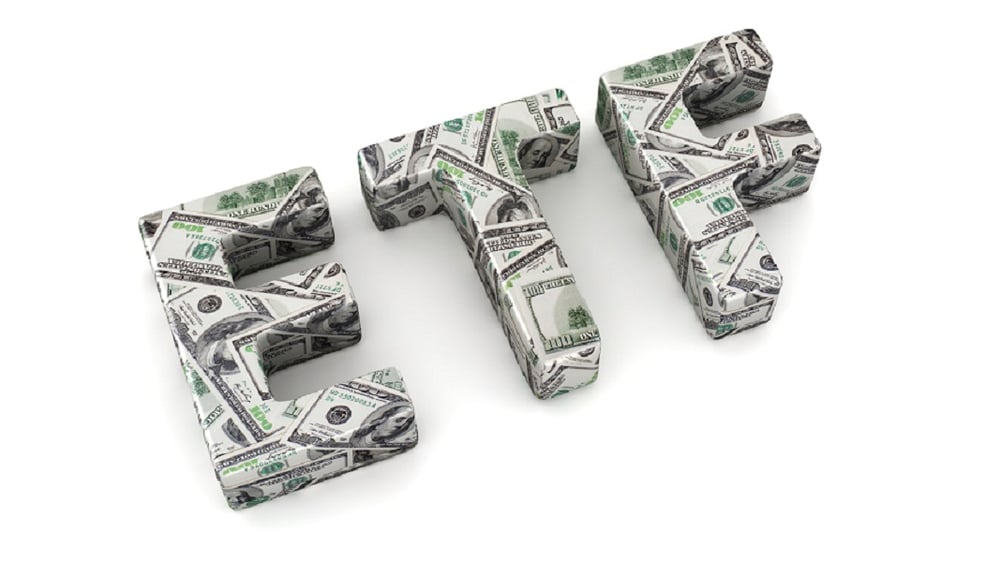In the latest sign of
growing investor caution, strong performance is not enough to keep assets from moving out of some
focused exchange-traded funds.
For example, the $105 million Amplify Traditional Data Sharing ETF (BLOK) is up 21.5% from the start of the year but has experienced $15 million in
net outflows.
Similarly, the $66 million Reality Shares NexGen Economy ETF (BCLN) is up 18.5%, matching the S&P 500 Index, but has seen $20 million in net outflows.
Dennis Nolte, vice president of Seacoast Investment Services, said part of the problem with smaller ETFs is that investors could be concerned about liquidity, which is why they are taking profits while times are still good.
"A lot of times there might be enough interest in the sector to create a certain type of fund, but if they don't get enough sponsorship there will be lower trading volume and potential for liquidity issues," he said. "That's the caveat on any of these newer thematic funds."
That point makes sense to a certain degree but doesn't fully explain the $122 million in net outflows this year from the $1.5 billion Prime Cyber Security ETF (HACK), which is up 12.6% this year.
[More: ETF providers quietly dial back production]
Paul Schatz, president of Heritage Capital, attributed the outflows to thematic funds being swept up in a general trend of equity-fund outflows.
"I think these kinds of thematic strategies are fine at the margin or on the fringe of a portfolio for a very distinct and concentrated view, but many of them are trendy or hot sectors, which often lead to fleeting returns and outsized volatility," he said, touching on a subject that investor and financial advisers have been increasing trying to avoid.
"Given how negative people are and have been for more than a year, I'm not surprised by the outflows," Mr. Schatz added.
Even Brian Giere, director at Amplify ETFs, which manages the blockchain fund BLOK, understands the growing appeal of "plain vanilla and low-volatility strategies."
"The blockchain theme is still viable, but the drop during the fourth quarter of last year scared a lot of people and diverted their attention from the asset class," he said.
Todd Rosenbluth, director of mutual fund and ETF research at CFRA, agrees that the
themes are not going away, but said the timing might be a little off at this point in the cycle.
"If you look at the positive flows into some of the broader-category ETFs, it shows that investors have become more comfortable staying in the more diversified ETFs right now," he said. "However, we think, going forward advisers are going to increasingly find thematic ETFs as good replacements for single-stock bets."
[Recommended video: How advisers can be a gamechanger for women investors]







